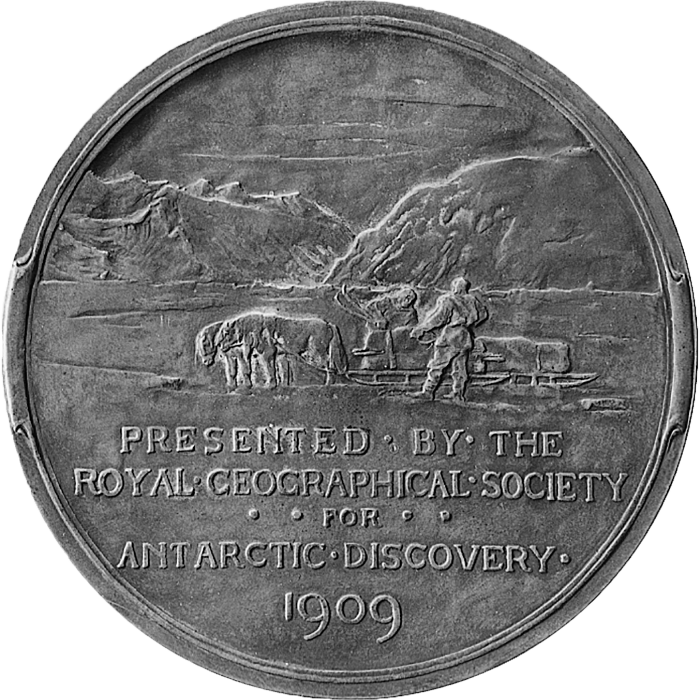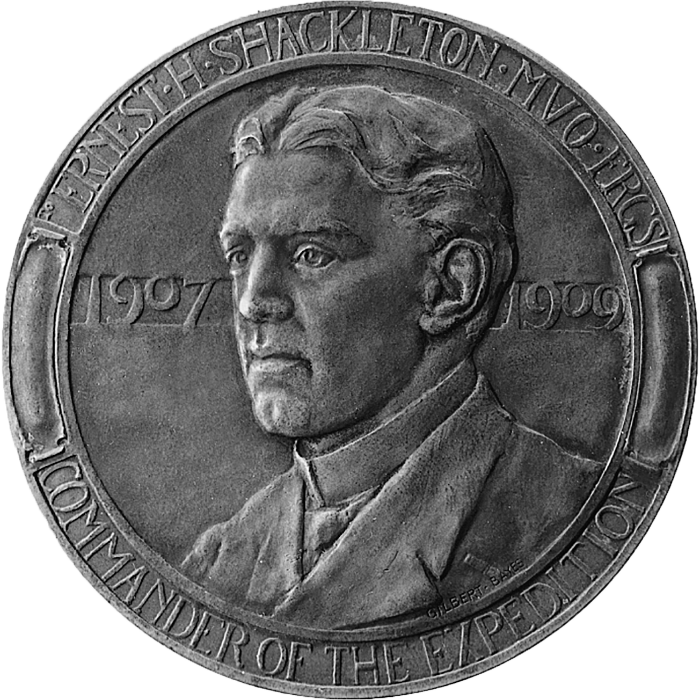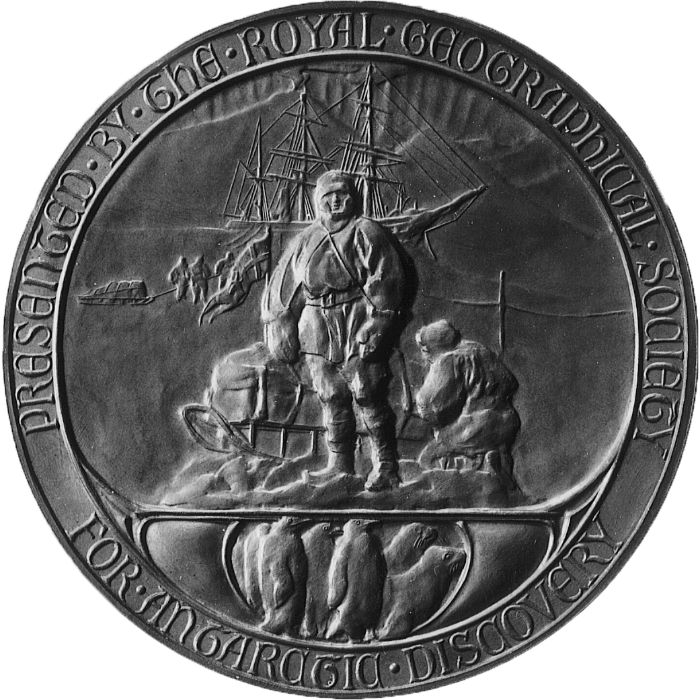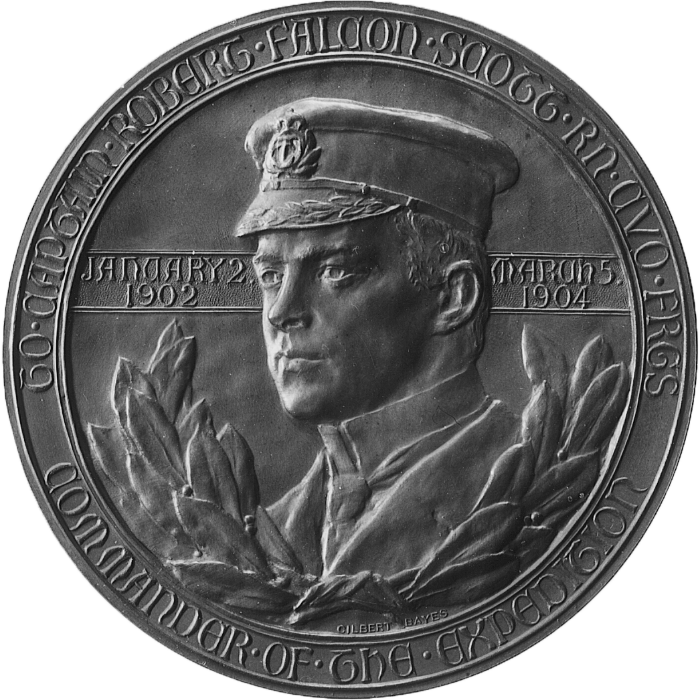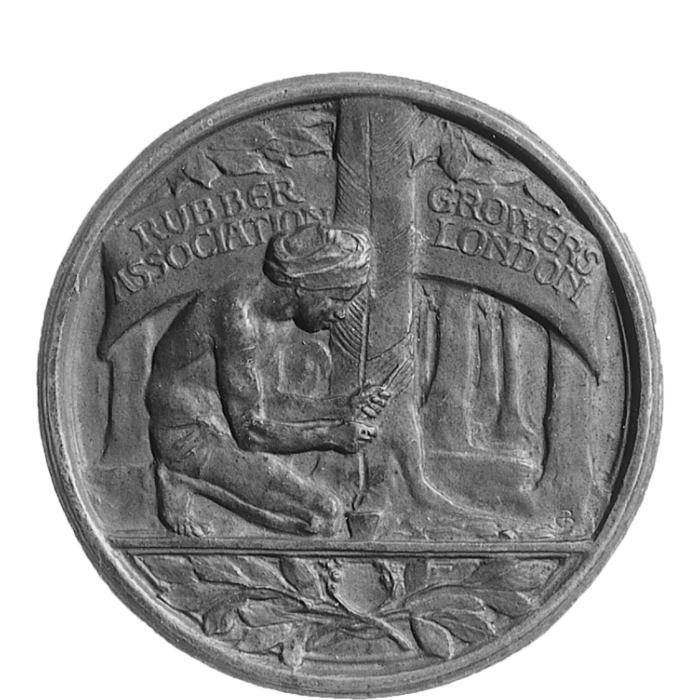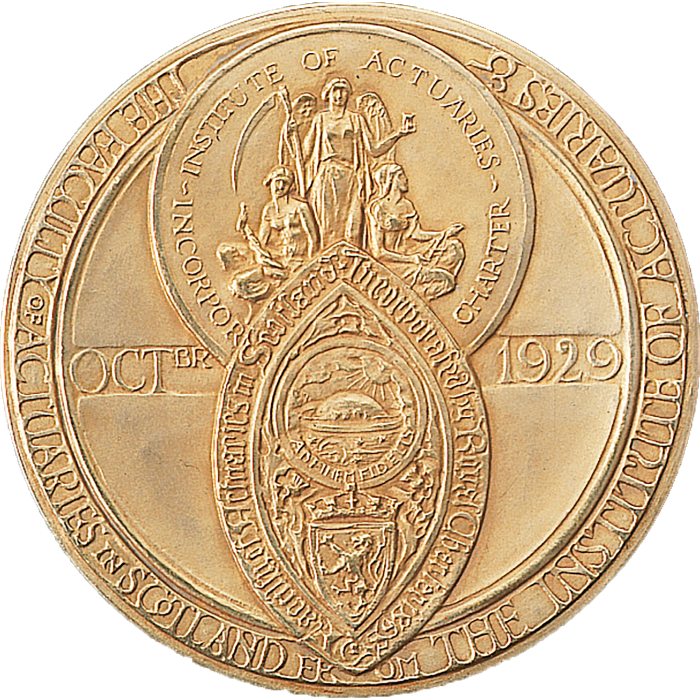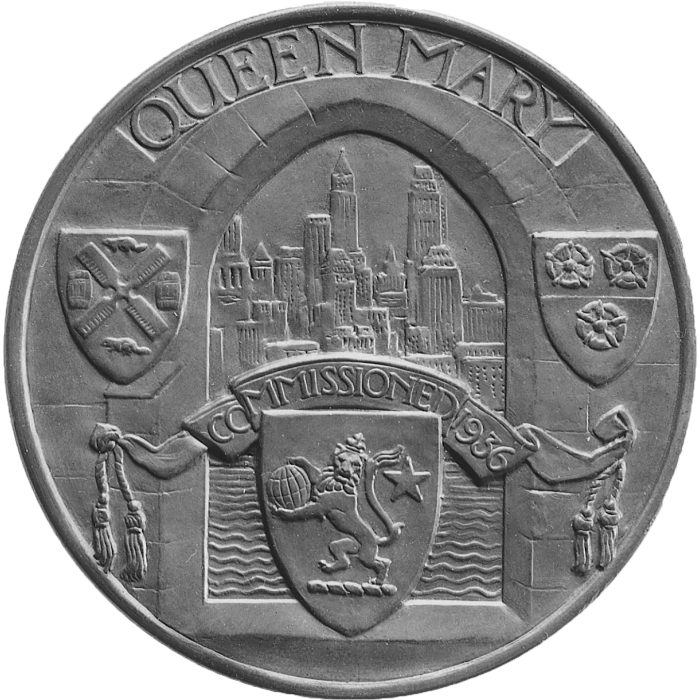Bayes and The Medal
The Royal Geographical Society
Gilbert Bayes exhibited one or more sculptures at the Royal Academy virtually every year for over half a century between 1889 and 1944. Since he had incorporated inscriptions into his earliest reliefs, his involvement in medallic work was a natural progression. His first medal was the Orchardson Medal, commissioned by the St John's Wood Art School, which was close to where he lived and part of the artistic society where he was active. The second medallic commission was from the Royal Geographical Society for a medal to be presented to Captain Scott and his colleagues on their return form the Antarctic expedition of 1902-4.The Society was obviously pleased with Bayes' submission for when Ernest Shackleton returned form his Antarctic expedition of 1909, it again approached Bayes for a medal. The Royal Geographical Society commissions earned for Bayes something of a reputation as a medallist and other organisations began to turn to him for their medals.

